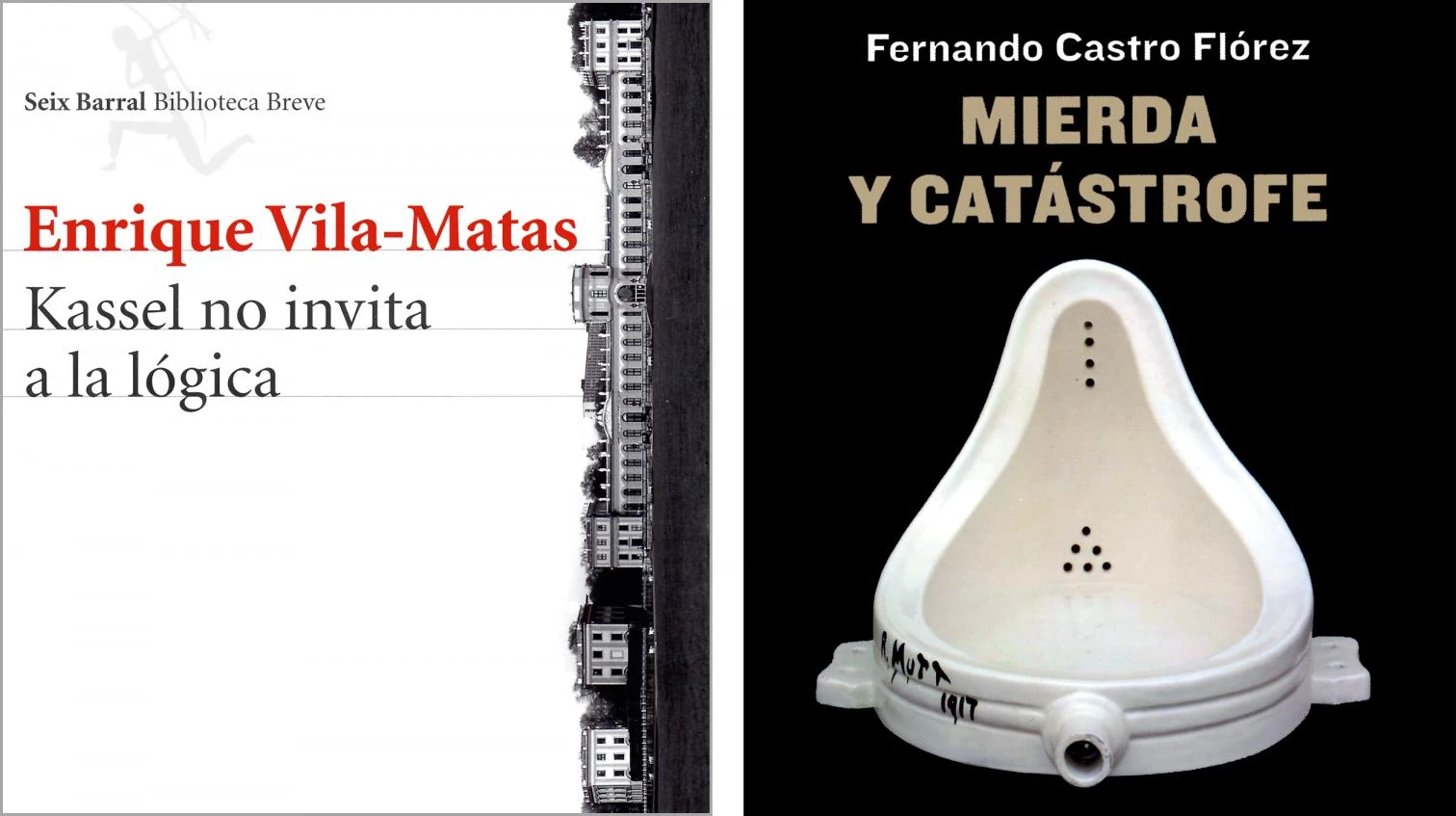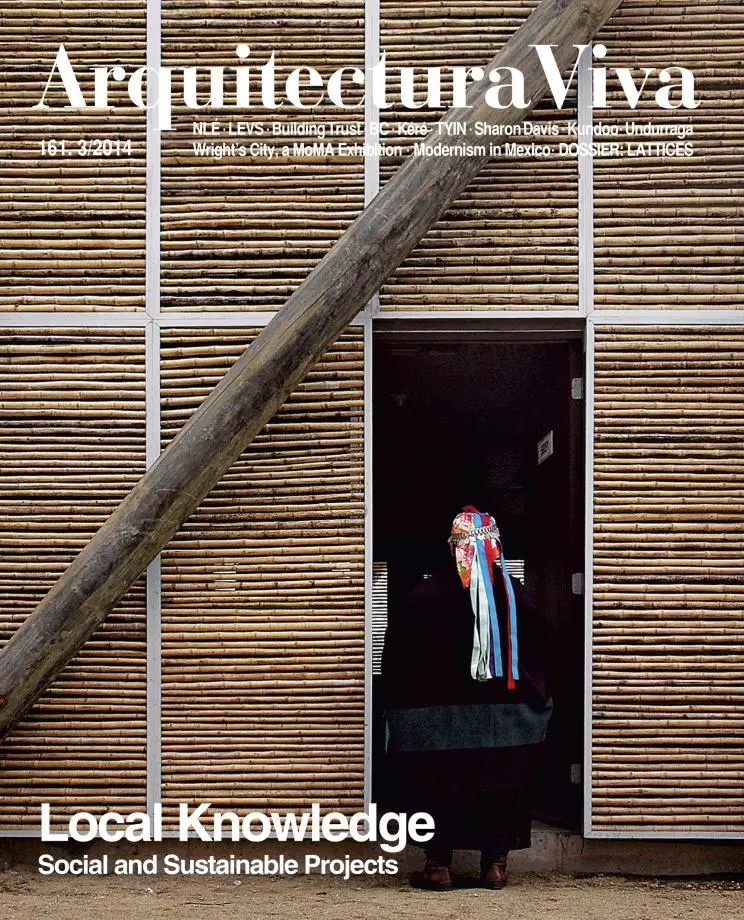
The hermetism of the latest art either fascinates or irritates. The writer Enrique Vila-Matas, who participated in Documenta 13 by sitting down to write in a Chinese restaurant, was euphoric at what he saw and experienced in Kassel, and he tells about it in a lucid and ironic text. The critic Fernando Castro, on the contrary, is annoyed at the current state of the arts about which he writes, and explains why in an angry and erudite book. In spite of their opposed stands, or perhaps because of it, reading both works together results in a pixelated portrait of the phenomenon we still call art.
Needless to say, Vila-Matas’s book is the more amiable of the two. His German excursion to the sanctuary of the most radical art is narrated with almost convincing naiveté, muted sense of humor, and cultivated, somewhat neurotic introspection. His exploratory walk through the installations of Tino Sehgal, Pierre Huyghe, Janet Cardiff, Rosemarie Trockel, or Tacita Dean is animated by the determination to let himself be carried away by the suggestions or enigmas they present, and the text is musically marked by literary ritornellos, including a quote from Chus Martínez, co-curator of the exhibition: “Art is neither creative nor innovative... Art makes, and then it’s up to you.” Following the advice of his friend Alicia Framis, and evoking his collaboration with other avant-garde artists, such as Sophie Calle or Dominique González-Foerster, Vila-Matas went to Kassel with his usual phantoms – Kafka, Roussel, Walser, Benjamin, Wallace Stevens – and two unexpected books, Cela’s Journey to the Alcarria and Safranski’s Romanticism, and returned with a ‘journey to Kassel’, which is also a journey to the German spirit and to the latest art.
Castro Flórez’s route is more sinuous and discontinuous, but always accompanied by the roar of historic or intimate catastrophes threatening the voyage. Drily illustrated and full of political or social references, his fractured narrative is chopped into near epigrammatic sections and stretched with a hundred pages of notes. Its exploration of contemporary art’s scatological drift is announced on the cover with Duchamp’s urinal (to be exact, R. Mutt’s Fountain), and is extended inside with those of David Hammons or Robert Gober – besides numerous excrementary references in the works of Mike Kelley, Liu Wei, or Paul McCarthy –, composing a crepuscular, desolate landscape, hardly a cartography of the culture of simulacra, and more like a sequence of critical flashes of extreme sharpness and bitterness. The final chapter could give its title, ‘Contradictions and Notes of a Hypochondriac’, to many of the literary digressions of Vila-Matas, but the luminous happiness of the Catalan writer is very far from the facies nigra of a melancholy critic who makes the printing of his book coincide with the death of Piero Manzoni, “artist of canned shit”: lights and shadows of an art that is definitely at odds with logic.







